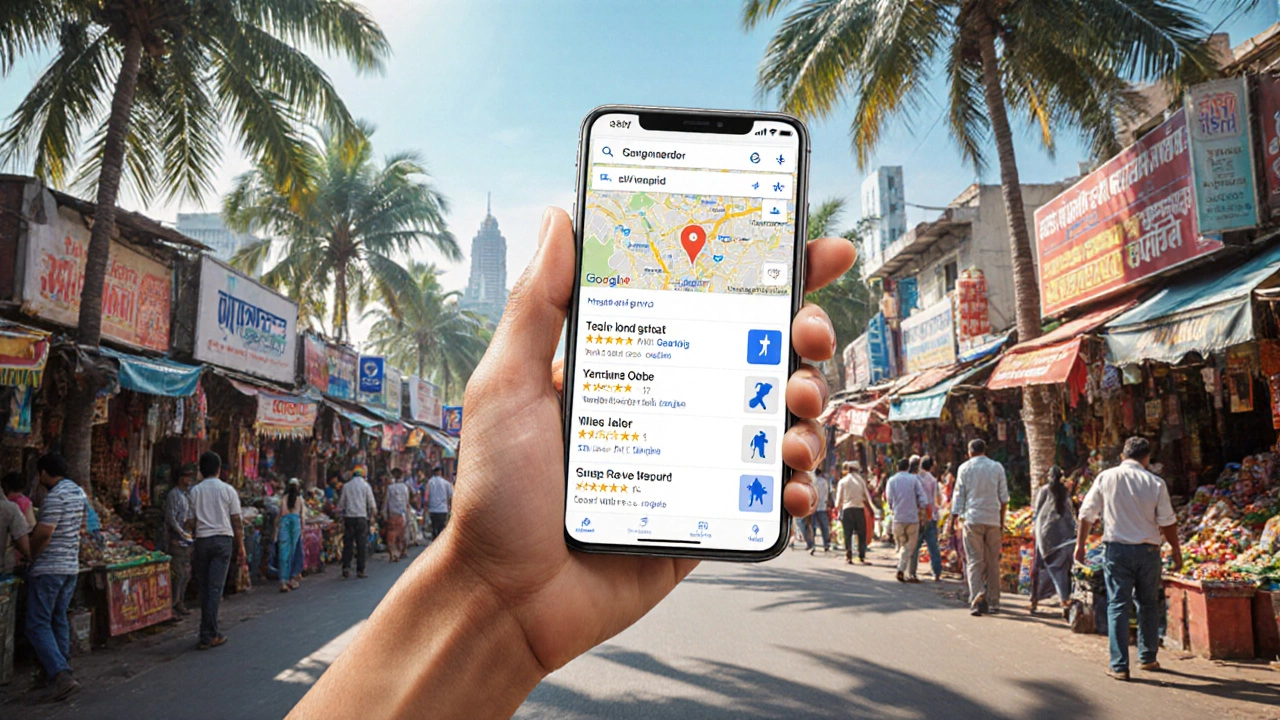Keyword Research Assistant
Find High-Value Keywords
Enter a seed keyword to discover long-tail variations with estimated search volume and competition level
Recommended Keywords
When you hear the term SEO, you might picture a tech‑savvy wizard tweaking code, but at its core it’s simply the art and science of getting your website seen by people who are already looking for what you offer. In the sprawling world of digital marketing, SEO is the quiet engine that drives organic traffic, builds brand credibility, and fuels long‑term growth without paying for each click.
What SEO Actually Is
SEO is search engine optimization, the practice of improving a website’s visibility in the unpaid (organic) results of search engines like Google, Bing, and Yahoo. It involves aligning a site’s content, structure, and authority with the algorithms search engines use to rank pages. When done right, your pages climb higher in the results, attract more clicks, and ultimately convert visitors into customers.
How SEO Fits Inside Digital Marketing
Digital Marketing is the collection of online tactics-such as content marketing, social media, email, and paid ads-that businesses use to reach and engage audiences. SEO is one of its core pillars, working hand‑in‑hand with other channels:
- Content marketing supplies the high‑quality articles and videos that SEO ranks.
- Social media amplifies content, earning backlinks that boost authority.
- Email newsletters recycle top‑ranking posts to keep users engaged.
- Paid search (SEM) can fill gaps while SEO gains momentum.
Think of SEO as the foundation; the other tactics are the rooms you build on top of it.
Key Components of SEO
SEO breaks down into three main buckets, each with its own set of tasks and tools.
- On‑Page SEO: Optimizing the visible parts of a page-titles, headings, meta descriptions, URL structure, and keyword placement. It also means delivering valuable content that satisfies user intent.
- Off‑Page SEO: Building the site’s reputation through backlinks, social signals, and brand mentions from other domains.
- Technical SEO: Making sure search engines can crawl, index, and render the site efficiently. This includes site speed, mobile‑friendliness, XML sitemaps, and structured data. Technical SEO covers server configuration, site architecture, and performance optimizations that help search engines understand and rank a website.

Step‑by‑Step SEO Process for Indian Businesses
Below is a practical workflow you can follow whether you’re a startup in Bengaluru or a boutique agency in Delhi.
- Keyword Research: Identify the words and phrases your target audience types into search engines.
Keyword Research is the practice of discovering search terms that have relevance, search volume, and attainable competition.
- Use tools like Google Keyword Planner, Ahrefs, or Ubersuggest.
- Focus on long‑tail keywords (e.g., "affordable digital marketing agency in Mumbai") that signal purchase intent.
- Site Audit: Scan your site for technical issues, duplicate content, broken links, and slow pages. Search Engine refers to platforms like Google that crawl and rank web content based on relevance and quality.
- On‑Page Optimisation: Rewrite titles, add meta descriptions, insert target keywords naturally, and structure content with heading tags.
- Content Creation: Publish blog posts, guides, or videos that answer user questions and incorporate your keyword list. Content Marketing uses valuable, relevant content to attract and retain a clearly defined audience.
- Link Building: Earn backlinks from reputable Indian sites, industry directories, and local news outlets. Backlink is an inbound link from another website that signals authority to search engines.
- Performance Tracking: Monitor rankings, organic traffic, and conversions using Google Search Console and Google Analytics.
Why SEO Matters for the Indian Market
India’s internet user base crossed 800 million in 2024, and the majority of online purchases start with a search query. Here are three compelling reasons to invest in SEO:
- Cost‑Effective Visibility: Unlike paid ads, organic rankings don’t require a per‑click budget, making ROI sustainable over years.
- Local Trust: Indian users often trust sites that appear on the first page of Google more than brand‑new paid ads.
- Long‑Tail Opportunities: Regional languages and city‑specific searches (e.g., “best SEO agency in Chennai”) have lower competition, offering quick wins.
According to a 2024 report by Statista, 68 % of Indian consumers click on a top‑three organic result, while only 12 % click on the first paid ad.

Common Pitfalls & Pro Tips
Even seasoned marketers stumble on a few traps. Avoid them and you’ll see faster gains.
- Keyword Stuffing: Over‑loading a page with keywords hurts readability and can trigger penalties.
- Neglecting Mobile: More than 55 % of Indian traffic comes from smartphones. Use responsive design and test page speed with Google’s Mobile‑Friendly Test.
- Ignoring Local SEO: Claim and optimise your Google Business Profile, add NAP (Name, Address, Phone) data, and collect authentic reviews.
- Forgetting Structured Data: Implement schema markup (e.g., BreadcrumbList, Article) to help Google display rich snippets.
- Relying on One Tool: Combine Ahrefs for backlink analysis, Screaming Frog for site crawl, and Google Search Console for performance insights.
Quick SEO Checklist
| Task | Suggested Tool | Frequency |
|---|---|---|
| Keyword research & refresh | Google Keyword Planner | Quarterly |
| Technical site audit | Screaming Frog | Bi‑annual |
| On‑page optimisation | Yoast SEO (WordPress) | Per new content |
| Backlink outreach | Pitchbox | Monthly |
| Performance monitoring | Google Search Console | Weekly |
Frequently Asked Questions
Is SEO still relevant in 2025?
Absolutely. While AI‑generated content and voice search are rising, the core need for discoverable, trustworthy information remains unchanged. Organic search still drives over 50 % of web traffic worldwide.
How long does it take to see results?
Typically 3‑6 months for noticeable ranking improvements on competitive keywords. Less competitive, long‑tail terms can rank within 4‑8 weeks if the site is technically sound.
Do I need a professional SEO agency?
Small businesses can start with free tools (Google Search Console, Google Analytics) and follow the checklist above. Larger enterprises or highly competitive niches benefit from specialized expertise to accelerate growth.
What is the role of Google the world’s leading search engine, handling over 90 % of global queries. in SEO?
Google’s algorithms decide which pages appear where. Understanding its ranking factors-content relevance, page speed, mobile usability, and backlinks-guides every SEO decision.
Can SEO help local businesses in India?
Yes. Local SEO tactics like Google Business Profile optimisation, localized keyword targeting, and acquiring city‑specific backlinks boost visibility for “near me” searches, driving foot traffic and calls.

